Affiliate links on Android Authority may earn us a commission. Learn more.
Dear Google, When are you going to fix Android Wear?
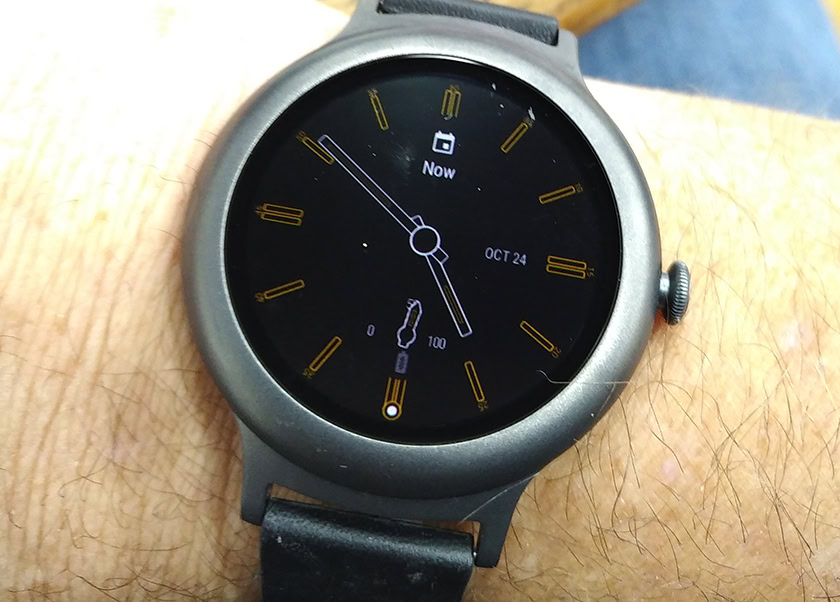
Smartwatches are in a funny state. They’re not really all that popular amongst the populace at large, but they’re not exactly busts either. The Apple watch is still the big seller in terms of market penetration. Android Wear is no slouch either, with many OEMs producing a wide array of options. There’s just one problem. The Android Wear software is just not good.
To me, the root problem with Android Wear devices is that they’re trying too hard to be watches. We use the term “smartwatch” to describe these devices, but all they really are – and all they really need to be – are small screens on your wrist. Sure, they can tell time – that’s fine. But the power of the smartwatch isn’t the “watch” part— it’s the “smart” part. Getting notifications and apps running on a screen on your wrist is far more powerful than knowing how long it is until the Blackhawks game starts.
Related: Best Android Wear watches
You think you’re helping, but you’re really not
Take, for instance, the concept of the ambient display. This feature allows you to keep the watch face on, even when you’re not looking at it. It also kills the battery.
Sure, smartphone always-on displays serve a particular niche (I usually turn mine off), but the only reason to keep smartwatch screens on all the time is so they look like watches. A watch needs to be on when you’re looking at it, but Android Wear needs to be better at knowing when that actually is. I’ve gotten quite good at the exaggerated “wrist flip” that is sometimes necessary to see if I’m going to miss my train or not.
Getting rid of ambient display would do two things to Android Wear. First, it would save battery life, which is huge. Second, it could fundamentally shift the perception of a smartwatch away from a “watch” to a “small screen on your wrist.” Other watch manufacturers embrace the fact that a watch is nothing more than a small screen. Android Wear needs to do that too.
Watch your faces
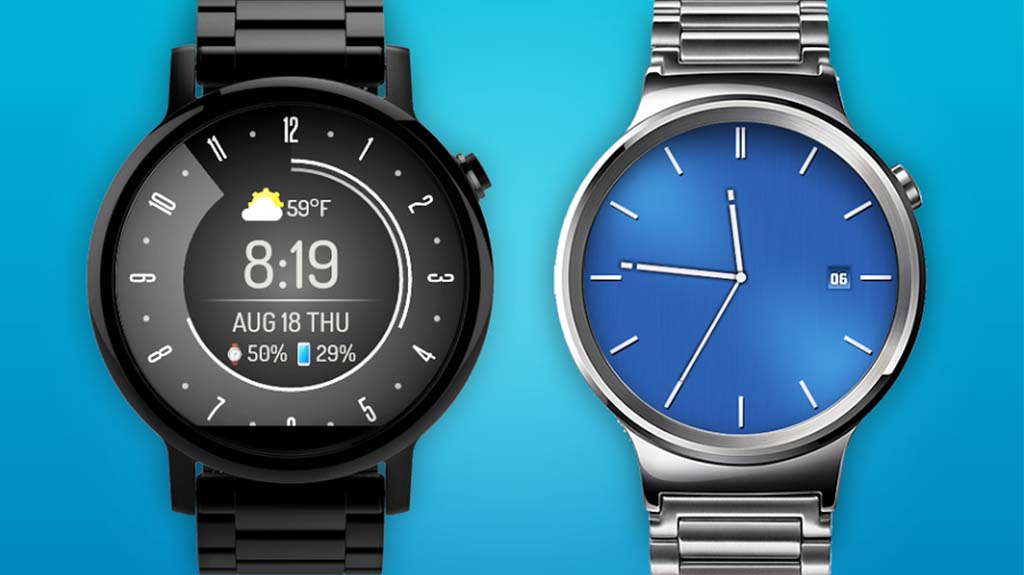
Android Wear is also a train wreck when it comes to watch faces. One of my biggest pet peeves with Android Wear 2.0 is how easy it is to change watch faces. Simply swipe to the side and you get a whole variety of choices. I find myself accidentally switching watch faces at least once per day. This is, put mildly, quite annoying. I love that there is a wide variety of watch faces to choose from, but once I choose, I want that choice to stick.
Android Wear 2.0 also introduced watch face complications. They’re nice, but not without problems. If you have an empty complication space on your watch face, and you tap it, you are asked what you’d like to put there.
Nothing, Google; that’s why it was empty.
Not everyone wants all complications at all times. Personally, I like the idea of one-touch access to contacts, but I don’t trust Android Wear to know the difference between an accidental touch and a purposeful touch. I have a comfortable couch, but I don’t want to be stuck sleeping on it after accidentally calling my wife 17 times in a day.
Can’t account for that
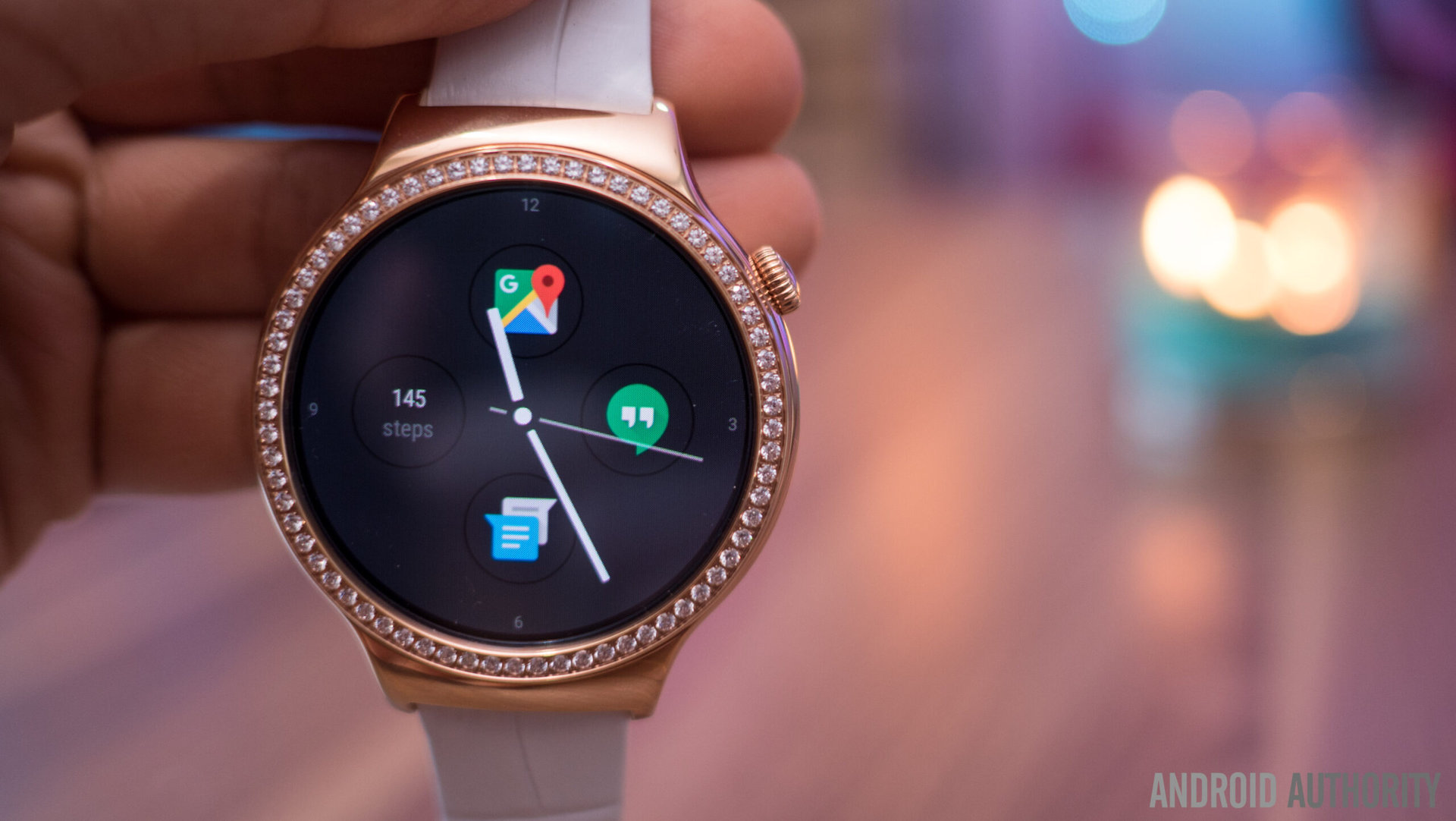
Going deeper into Android Wear reveals another fundamental flaw of the platform – accounts. When you set up a new Android Wear device— or wipe it because you have the audacity to want to pair it to a different phone— you are asked to sync your Google accounts to the watch.
There may be a good reason why Google wants you to do that, but to me it has never been anything other than annoying. Smartwatches should get that data from the phone it’s paired to on demand – not at the start of the process. Loading your accounts onto a watch is a slow and clumsy process.
If you want to download and install apps on the watch, you need to have a Google account for the store. I get that. But why do I need to load all of my contacts and emails in order to do that? Most of that info can be synced from the phone or from the Google Play store on demand. Why does it need to load up all that data?
Free yourself
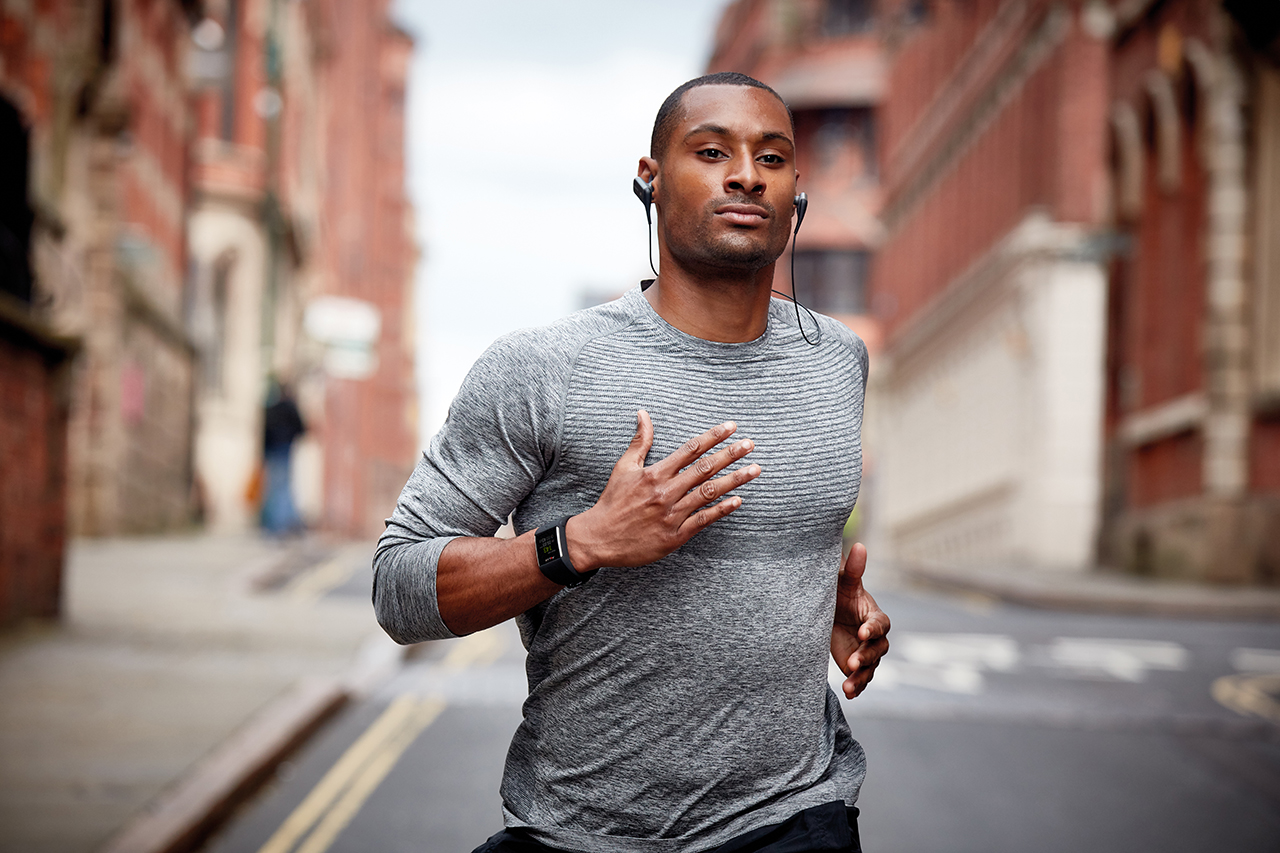
I can understand the need to load accounts if you have an LTE-connected smartwatch which you plan to use away from your phone. If that’s the case, it should be an optional process— not a forced one during setup. It’s a long, battery-sucking process, that leaves you with a half-dead watch before you even get a chance to use it; all on the off-chance you might want to use the watch on its own. Not ideal, to be sure.
Syncing data to the watch in general can be an annoying process, too. Having music tracks saved locally to a smartwatch makes for a convenient MP3 player while you’re on the go. But adding music to your watch requires a phone connection.
Even when music is cloud-based, it’s only simple if you’re using Google Play Music. But even that isn’t completely straight forward. I guess you could stream, if you hate your battery, but our own Jonathan Feist was quick to point out that he’s largely a local music kind of guy. I get that.
Staying connected
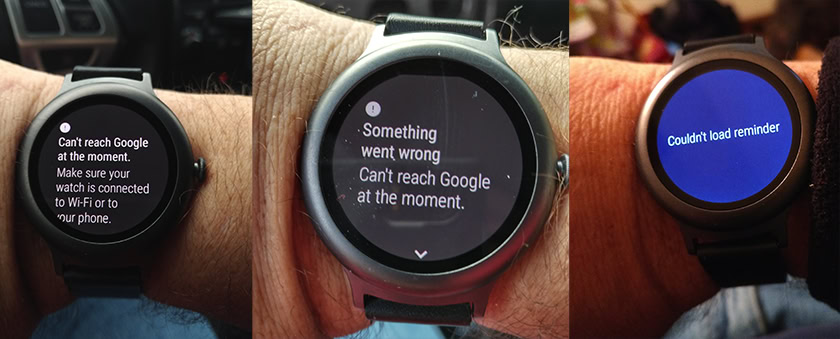
Finally, there’s the connectivity issue. More often than not, my watch simply cannot connect to Google to make the Assistant work. Far too often I get the “Can’t reach Google at the moment” or “Could not load reminder” errors. That has been pretty consistent on different phones (though, to be fair, same watch). But the connectivity issues that constantly face Android Wear 2.0 have made me almost abandon Google Assistant on Android Wear. The watch is connected to the phone, but Google Assistant somehow can’t find Google. It’s really quite maddening.
Between all these issues, it’s a toss-up which issue is more infuriating. They all make me want to pull my hair out. After I throw my watch away. Feature failure is a sure-fire way to make sure no one uses a feature. Even tech enthusiasts like me get sick of error messages. Then we stop using them. I preferred the TicWatch for exactly that reason, until they came out with an Android Wear version. The wearable gods were not smiling on me that day.
What about you?
Of course, with most of these issues, your mileage may vary. So, what about you? Have you had any trouble with Android Wear 2.0? Are there any changes you’d like to see made to the OS? Sound off below in the comments and who knows? Maybe Google is listening.